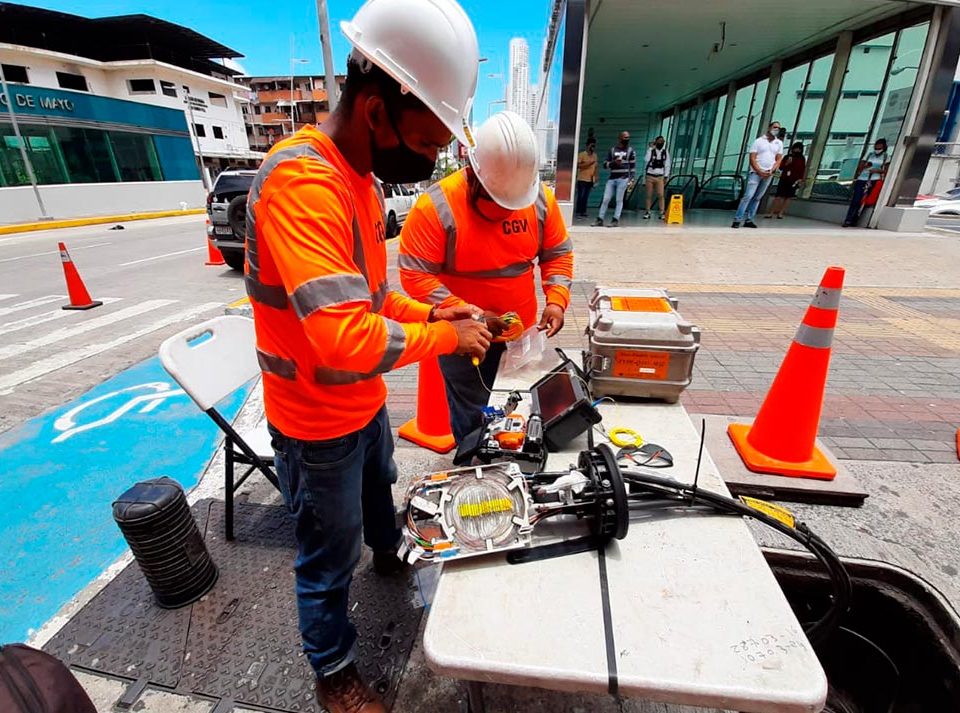
The Future of Distributed Cloud
agosto 25, 2020
With the first generation of smartphone chipsets to support Dynamic Spectrum Sharing (DSS) starting to appear in operator branded, lower cost handsets, the scene is set for a surge in interest in taking 5G from a strategic goal to a revenue generating subscriber base. However, the uncertainty posed by the global health crisis and likely economic backwash are making this transition more challenging than the move to 3G or even 4G networks. The uncertainty and lack of a killer application is causing consternation for mobile operators that are increasingly looking to new technology, more nuanced deployment strategies and progressive business models to advance their respective 5G goals.
Rapid growth
According to the recent Ericsson Mobility Report 2020: “The spread of COVID-19 during the first part of 2020 impacted all parts of society globally, including the telecommunications sector. Despite the uncertainty caused by the pandemic, service providers continued to switch on 5G, and more than 75 of them have now announced commercial 5G service launches.” The report also predicts that by the end of 2025, there will be 2.8 billion 5G subscriptions globally, accounting for around 30 percent of all mobile subscriptions at that time.


